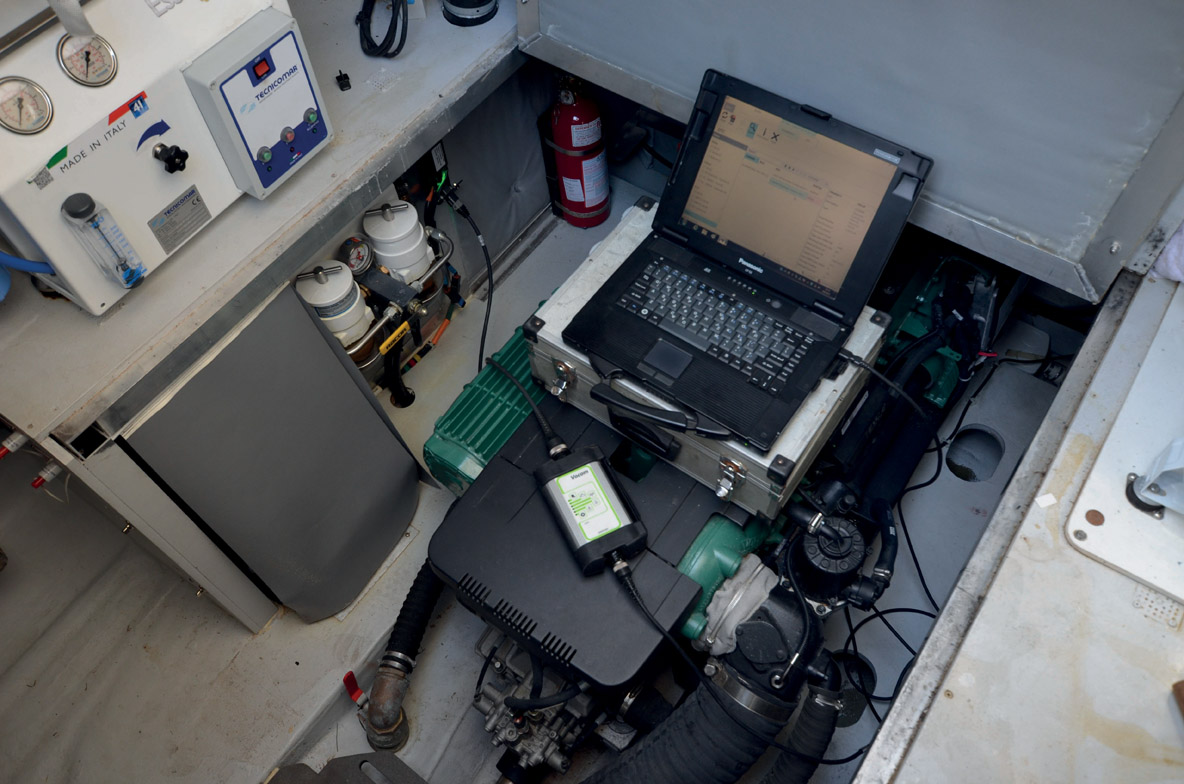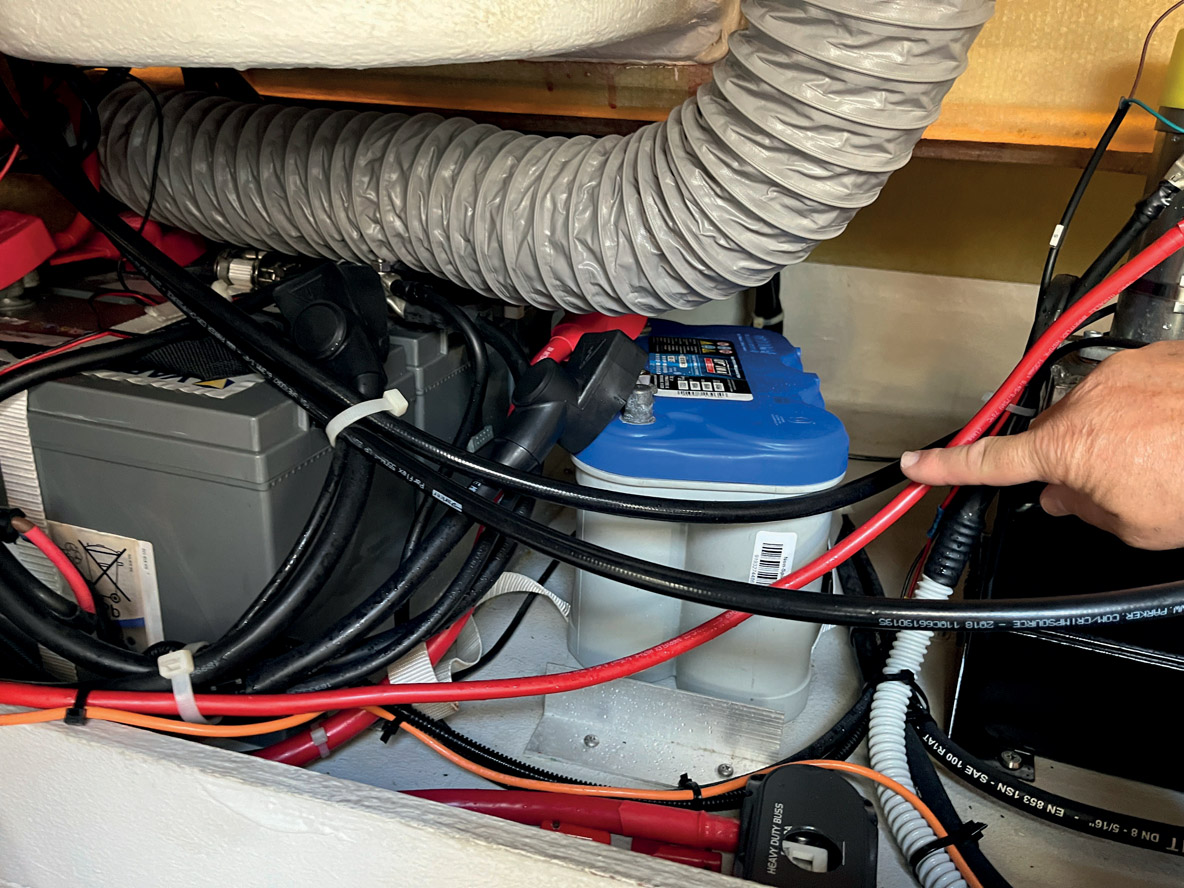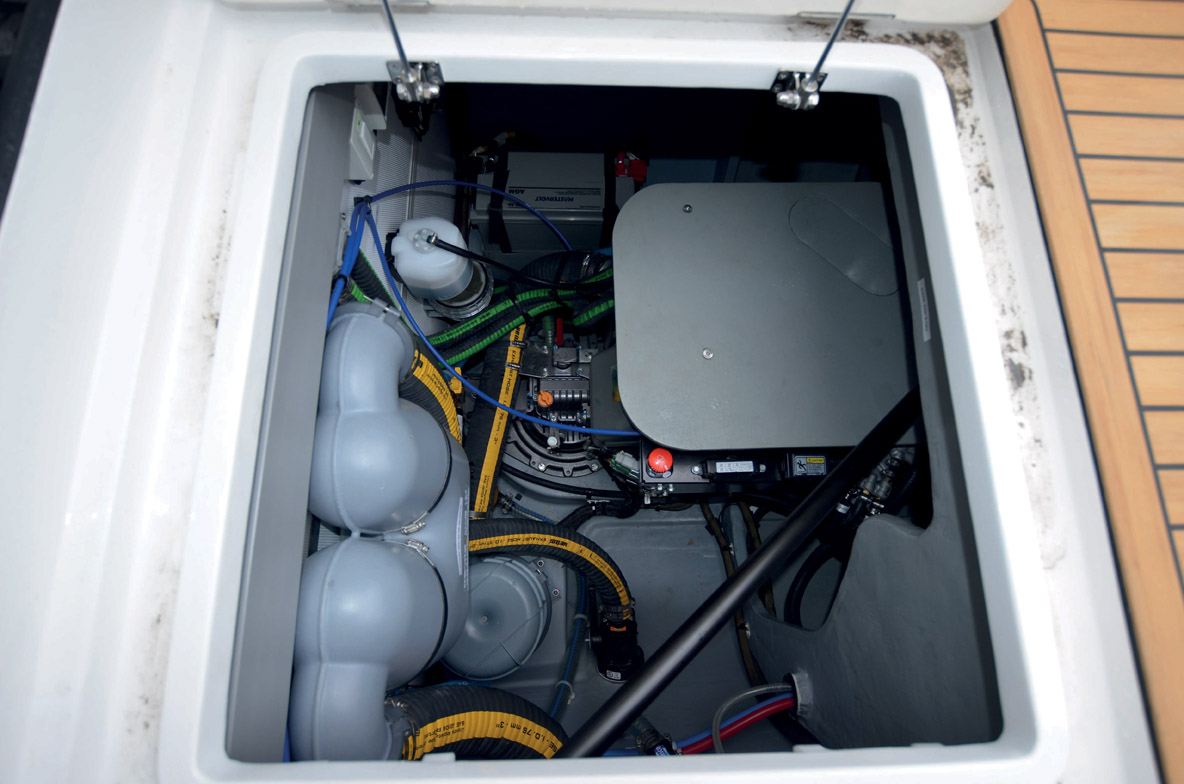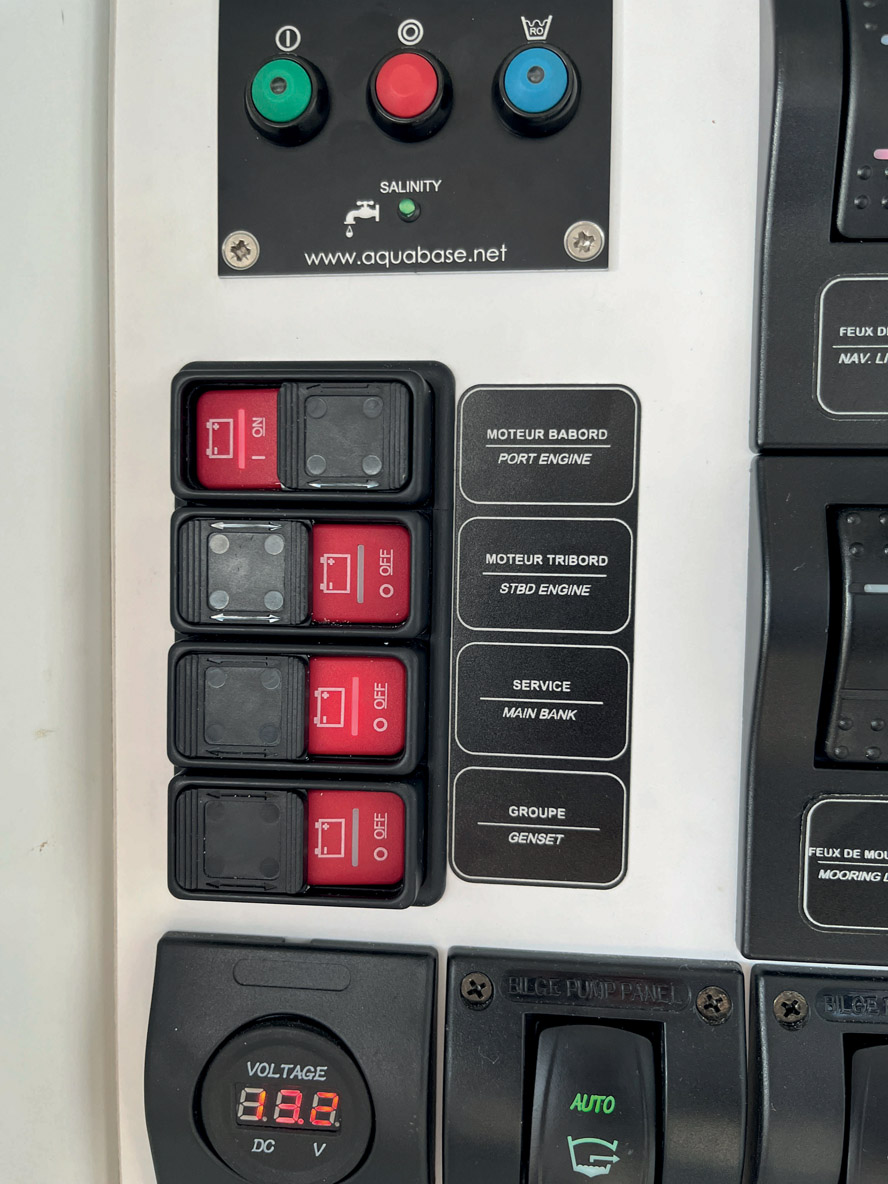
Issue #: 188
Published: March / April 2023
- Price per issue - digital : 7.90€Digital magazine
- Access to Multihulls World digital archives Digital archives
Aboard a sailing multihull, mechanical propulsion is, in theory, auxiliary. But if you’ve got to get out of a heavy weather situation, or simply maneuvering in port serenely and efficiently recharging your batteries, having engines is obviously preferable. In the case of a power-driven multihull, obviously things are different: you expect to hear the engines fire up when you press the ignition switch...




What readers think
Post a comment
No comments to show.